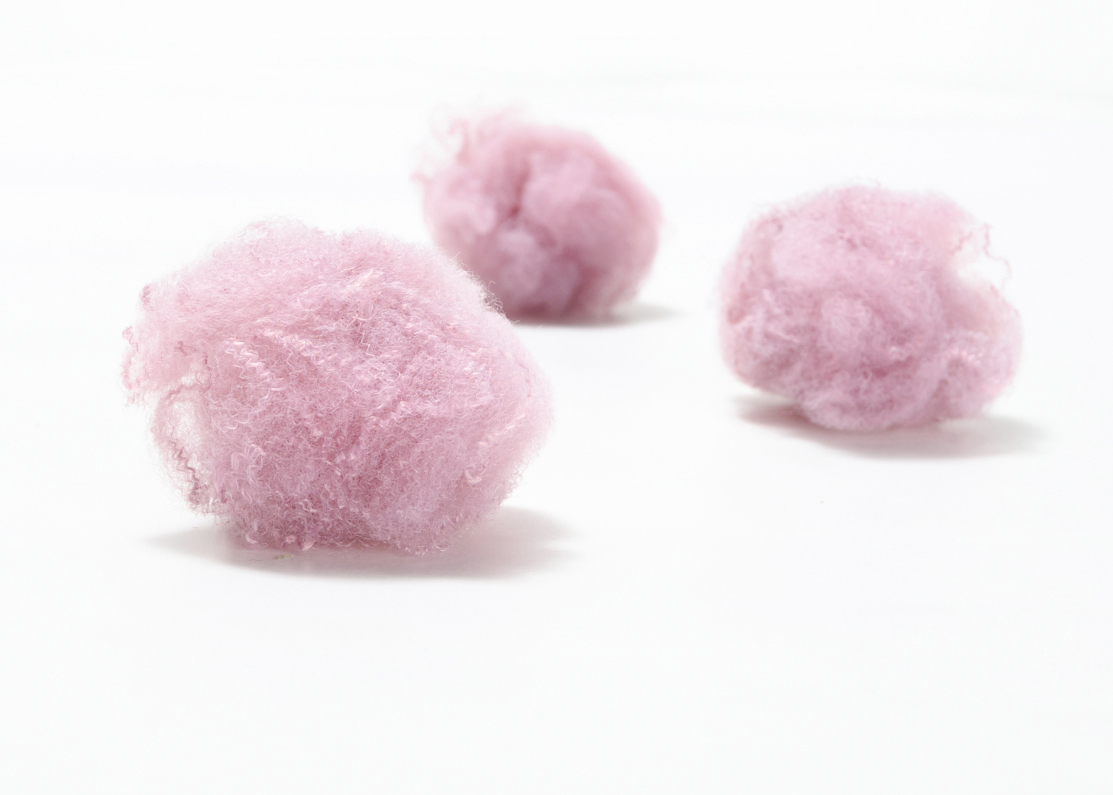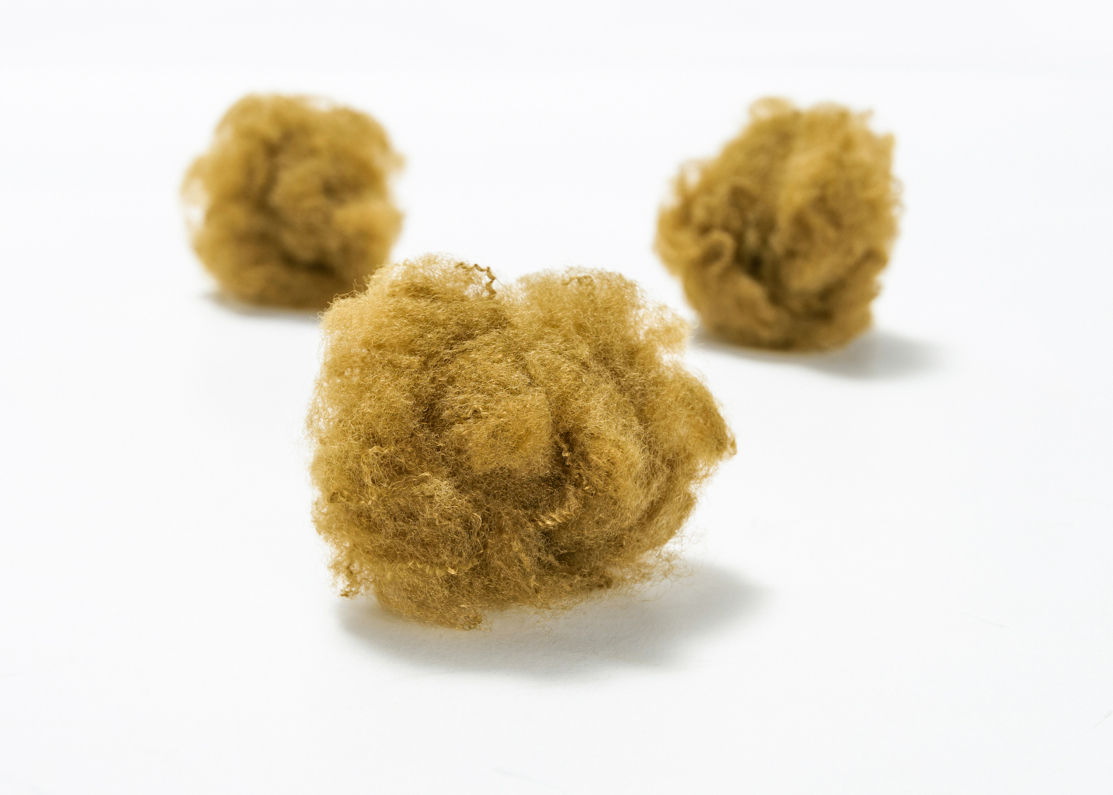
-
 Service Tel
Service Tel
- 0512-52551712
-

What is the barrier performance of polylactic acid fiber
2025-08-12The barrier performance of polylactic acid (PLA) fiber is a key consideration in its applications in packaging, medical, textile and other fields. Overall, its barrier performance shows a certain degree of barrier to gases such as oxygen and carbon dioxide, but poor barrier to water vapor. The specific performance and influencing factors are as follows:
-

Which industries will use more polyester fibers
2025-08-06Polyester fibers have been widely used in various industries such as textiles, clothing, transportation, industrial manufacturing, and construction due to their excellent properties. Here are some industries that use polyester fibers more frequently:
-

What are the advantages of composite spun fibers
2025-07-29Composite spun fibers are fibers made by special spinning processes (such as composite spinning machines) from two or more polymers with different properties. The fibers exhibit a distribution structure of two or more components (such as skin core type, parallel type, sea island type, etc.) inside or on the surface. This structural design combines the advantages of multiple materials, with perform
-

What are the applications of polyester fibers in the field of packaging materials
2025-07-22Polyester fiber (commonly known as "polyester") is widely used in the field of packaging materials due to its high strength, tear resistance, chemical corrosion resistance, and good dimensional stability, covering multiple scenarios from basic packaging to functional packaging. The following are its main application directions and characteristics:
-

What are the applications of polylactic acid fibers in the medical industry
2025-07-15Polylactic acid (PLA) fiber is a bio based fiber made from renewable biomass such as corn and sugarcane. It has advantages such as biodegradability (can be broken down into carbon dioxide and water by enzymes in the human body or natural environment), biocompatibility (non-toxic, no immune rejection reaction), and adjustable mechanical properties (from flexibility to rigidity can be achieved throu
-

Why is the cost advantage of polyester fiber good
2025-07-08Polyester fiber (commonly known as polyester), as a synthetic fiber with high global production, has significant cost advantages due to the comprehensive effects of raw material supply, production process, performance characteristics, and market size. The specific reasons are as follows:
-

What are the sources of raw materials for polyester fibers
2025-07-02The raw materials for polyester fiber mainly come from the petrochemical industry chain, and its core is to produce polyester (PET) through the polymerization reaction of terephthalic acid (PTA) and ethylene glycol (EG), which is then spun into fibers. The specific sources and production routes of its raw materials are as follows:
-

Introduce the technological advantages of polyester fibers
2025-06-25Polyester fiber is a synthetic fiber obtained by spinning polyester, which is condensed from organic dicarboxylic acids and diols. Its technological advantages run through the entire process from raw material preparation to finished product processing. The following analysis is conducted from the dimensions of production efficiency, performance regulation, processing adaptability, and cost:
-

What are the raw materials for the production of polyester fibers
2025-06-17The production raw materials of polyester fiber (polyester) mainly revolve around the synthesis of the core polymer polyethylene terephthalate (PET), which can be divided into basic chemical raw materials, auxiliary raw materials, and functional additive materials. The following is a detailed explanation:
-

What are the common processes for composite spinning fibers
2025-06-11The common processes of composite spinning fibers are mainly designed based on the characteristics of raw materials and fiber structure requirements. The following introduces melt composite spinning, solution composite spinning, post-treatment fiber opening process, and other special processes, covering the process principles, characteristics, and applicable scenarios:

 wechat number:
wechat number:
 Tel:0512-52551712
Tel:0512-52551712
 Address: Baziqiao village, Zhitang Town, Changshu City, Jiangsu Province (next to national highway 204)
Address: Baziqiao village, Zhitang Town, Changshu City, Jiangsu Province (next to national highway 204)
 E-mail:sales@kingcharmcn.com
E-mail:sales@kingcharmcn.com

 Wechat
Wechat
 Contact
Contact
 Telephone
Telephone